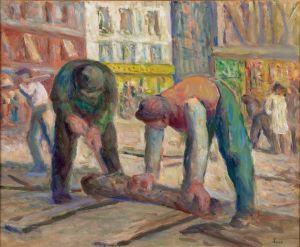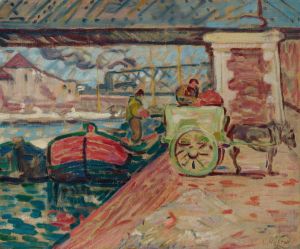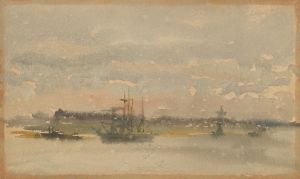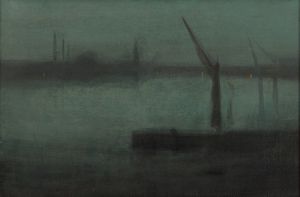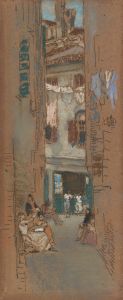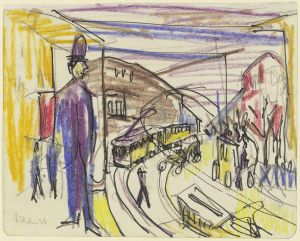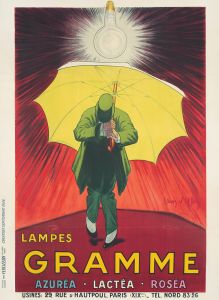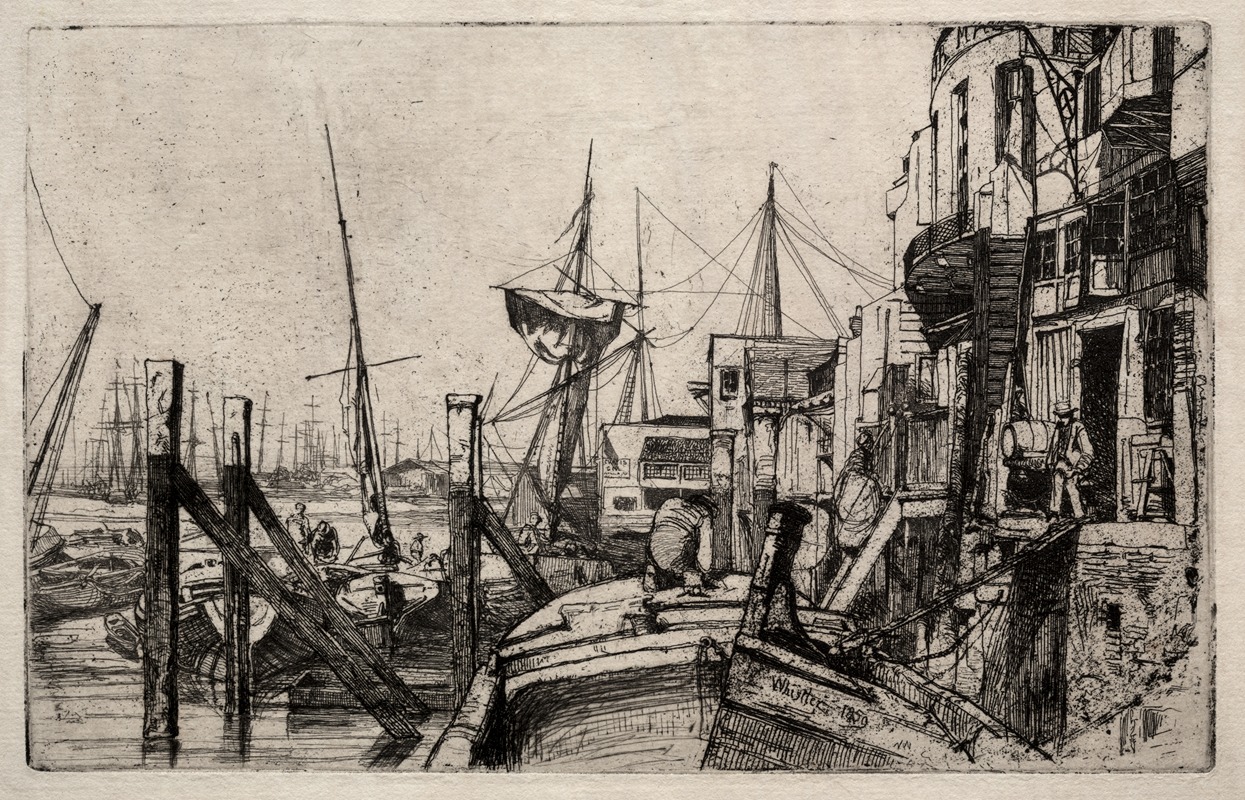
Limehouse
A hand-painted replica of James Abbott McNeill Whistler’s masterpiece Limehouse, meticulously crafted by professional artists to capture the true essence of the original. Each piece is created with museum-quality canvas and rare mineral pigments, carefully painted by experienced artists with delicate brushstrokes and rich, layered colors to perfectly recreate the texture of the original artwork. Unlike machine-printed reproductions, this hand-painted version brings the painting to life, infused with the artist’s emotions and skill in every stroke. Whether for personal collection or home decoration, it instantly elevates the artistic atmosphere of any space.
James Abbott McNeill Whistler's painting "Limehouse" is a notable work by the American-born, British-based artist, who is renowned for his contributions to the Aesthetic Movement and his influence on the art world during the late 19th century. Whistler, known for his distinctive style and innovative approach to art, often focused on capturing the mood and atmosphere of a scene rather than adhering strictly to realism.
"Limehouse" is one of Whistler's works that reflects his interest in the urban landscape and the interplay of light and color. Limehouse, a district in East London, was known during Whistler's time for its bustling docks and diverse population, including a significant Chinese community. This area provided a rich tapestry of sights and sounds that Whistler sought to capture in his art.
Whistler's approach to painting was heavily influenced by his belief in "art for art's sake," a philosophy that emphasized the intrinsic value of art and beauty over moral or narrative content. This is evident in "Limehouse," where Whistler's focus is on the aesthetic qualities of the scene. He employs a subtle palette and delicate brushwork to evoke the atmosphere of the Limehouse area, capturing the effects of light and shadow on the urban environment.
The painting is characterized by Whistler's signature use of tonal harmony, where colors are carefully balanced to create a sense of unity and mood. This technique is part of what Whistler referred to as his "nocturnes," a series of works that depict scenes at twilight or night, emphasizing the play of light and the quietude of the moment. In "Limehouse," Whistler's use of muted tones and soft transitions between colors creates a dreamlike quality, inviting viewers to experience the scene as a sensory impression rather than a detailed depiction.
Whistler's work, including "Limehouse," was often met with mixed reactions during his lifetime. While some critics appreciated his innovative approach and the beauty of his compositions, others were less receptive, finding his work too abstract or lacking in traditional narrative elements. Despite this, Whistler's influence on the art world was significant, and his techniques and philosophies paved the way for future movements such as Impressionism and Symbolism.
Today, Whistler is celebrated as a pioneering figure in modern art, and "Limehouse" is regarded as an important example of his ability to capture the essence of a place through his unique artistic vision. The painting reflects Whistler's mastery of color and composition, as well as his commitment to exploring the aesthetic possibilities of the urban landscape. Through works like "Limehouse," Whistler has left a lasting legacy that continues to inspire artists and art enthusiasts around the world.








